I am using the below AC electromagnet to switch on/off a pneumatic system. (It is a pneumatic actuator. I think that is what it is called.)
The issue is, when I turn off (disconnect the switch) the coil generates a big negative voltage spike in my nearby PCB electronics and cables and messes up with my LCD screen and buttons (they get randomly pushed.)
Except for having to remake my PCB to be EMI-proofed, which is costly, can I use two Zener diodes back to back to create a 'fly-back diode' for the AC current? What other techniques there are?
The initial schematic:

simulate this circuit – Schematic created using CircuitLab
The one I am thinking of implementing:

